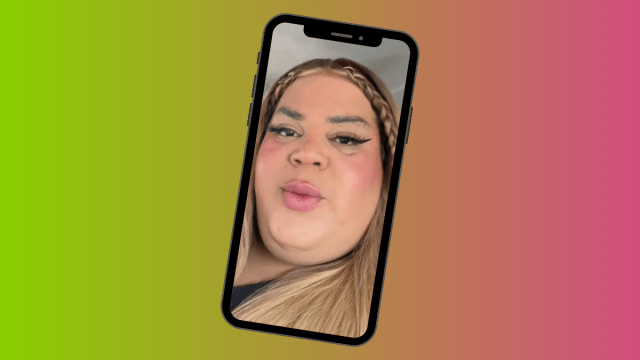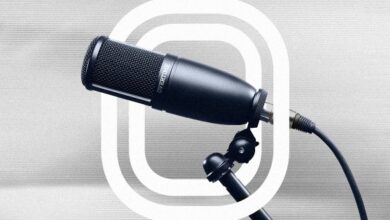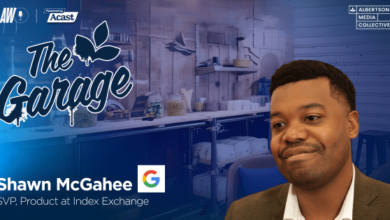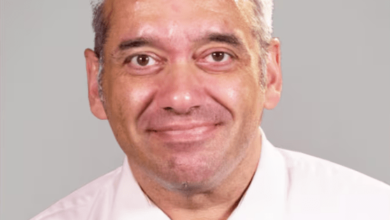How TikTok Changed Advertising Forever
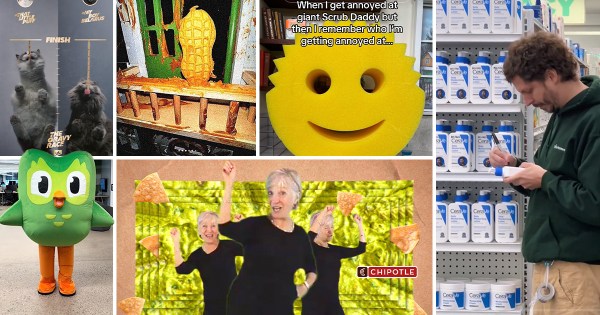
Mondelēz International’s Nutter Butter went viral with a disturbing and surreal crime scene made of smeared peanut butter and broken cookies. Language learning app DuolingoThe green owl has twerked for millions of followers and flirted with pop star Dua Lipa. Mars Pet Food Brand Sheba pitted the cats against each other in a race to lick the sauce.
All these marketing moments – rather “anti-marketing”, according to Stevie Archer, creative director of SS+K – happened on TikTokwhere experimental, entertaining and sometimes absurd content found its place to flourish.
The only way for brands to play in this space has been to have a point of view and abandon the old rules.
Even as TikTok risks being banned in the United StatesAdvertising industry leaders say the marketing style born on the platform isn’t just a flash in the pan. Whether or not TikTok endures in the United States, it has irrevocably changed advertiser behavior and the way people expect brands to communicate with them.
“We would not have seen this acceleration to experiment and take risks [among brands] without TikTok,” Thomas Walters, founder and European CEO of global influencer marketing agency Billion Dollar Boy, told ADWEEK. “It’s a permanent change.”
TikTok, owned by Chinese company ByteDance, arrived in the United States in 2018 and exploded in popularity during the pandemic. Since the start of 2020, the percentage of U.S. adults who use TikTok multiple times per day climbed from 4% to 20%, according to Morning Consult. About 50% of the US population now uses the app.
TikTok has hooked users with an endless scan of short-form videos and a highly personalized algorithm, but it’s also “hard to underestimate the impact that this has had on creativity,” Walters said. The platform has democratized creativity by providing an accessible tool for users to produce content from anywhere and attract a wide audience.
“It’s really boosted the creator economy, this idea that anyone can create brilliant content as long as they have a point of view and a phone,” said Matthew Henry, head of innovation at AMV BBDO.
Brands as artists
As the creator economy flourished, removing barriers to content creation and audience growth, the traditional advertising model – where a brand pays to interrupt consumers with a message – continued to weaken.
In the early days of social media, advertisers were “trying to get their brand across in the first three seconds and almost making consumers believe that what we were selling them wasn’t an ad,” Henry said. “Because of that, there was a huge amount of negative sentiment towards brands on social media, and those that had followers were kind of shouting into the void.”
TikTok has flipped this paradigm. Unlike other social media that emphasize connections or follower counts, TikTok’s algorithm prioritizes entertainment. That means for brands to stand out, they need to act more like “an entertainment company,” Henry said.
“The marks appear [on TikTok] among some of the most random and brilliant things in the world, not in the context of other commercials during a commercial break,” he explained.
The competition for attention in an environment known for dance videos, comedy sketches and tutorials has prompted many brands “to take more risks with the type of content they produce and try new things” , some “leaning into the surreal nature of popular content on TikTok.” “Walters said.
Chipotle, which challenged fans to dance to the viral song “Guacamole Song,” and Duolingo, whose cheeky, dancing owl rose to Internet fame, were early adopters of TikTok and ventured into unexpected territory and sometimes weird. But it worked, particularly in attracting Generation Z.
@duolingo ONE OR ONE I’M SCARED #duolingo #learninglanguages ♬ somewhat original – ✩
Take the nut butter. The 55-year-old cookie brand has gained a cult following on TikTok with strange, dreamlike posts that have sometimes baffled its own social media team. Zach Poczekaj, social media manager at the brand agency, Dentsu Creative, told the New York Times in October: “If content has too much meaning, it doesn’t work as well. »
come play,
Niche and extreme
Not all brands have taken such an offbeat approach to TikTok. But overall, the most successful brands on the platform are those that take inspiration from creators, emulating their personal tones and narrative styles, said Jimmy George, director of strategy at Mischief @ No Fixed Address.
TikTok “has changed the narrative to make it more kinetic, extreme and hyperbolic,” and savvy brands have followed suit, he observed. For example, in 2021, the care brand Eos, a client of Mischief, named a new shaving cream “Bless your fucking pussy”, after a viral TikTok tutorial on grooming with the Eos product.
Unfiltered, lo-fi content thrives on TikTok, unlike the polished aesthetic of Instagram or big-budget advertising. As a result, brands accustomed to large studios or teams developing their creations have had difficulty breaking into the platform.
“This type of content is drowned out by all this other content that seems personal. If you can’t do that, you suddenly look like the other person,” George said.
Because TikTok’s algorithm emphasizes engagement rather than number of followers, it allows niche voices to break through. This has allowed small brands like Scrub Daddy, which has built a persona around its iconic yellow sponge, to build a large audience “if the content is good,” said Rahul Titus, global head of influence at Ogilvy.
TikTok has also forced brands to abandon their top celebrity influencer marketing strategies and shift to creators with smaller, engaged followings. For example, Jools LeBron, the TikTok creator who rose from obscurity to viral fame after spawning last year’s “sage” trend, has signed deals with brands like Verizon, Lyft, and Netflix.
Many brands have branched out from their usual audience groups to reach communities with niche interests that have found a home on TikTok. In 2022, for example, Gucci has gone beyond high fashion by collaborate with Francis Bourgeois, the TikTok trainpotter.
And for last year’s Super Bowl, CeraVe has teamed up with actor Michael Cera— who isn’t on social media — and influencers outside of the skincare industry, like podcaster Bobbi Althoff, to create buzz weeks before her ad even airs.
Moving at breakneck speed
The ability to go viral instantly on TikTok has led to an endless cycle of short-lived trends that marketers need to follow by dramatically speeding up the creative process.
“The hype cycle has gotten faster and faster,” Archer said. In a matter of weeks last year, Brat Summer gave way to Demure Fall, forcing brands from Verizon to Zillow to move at breakneck speed to produce relevant TikTok content.
To enable this faster way of working, Henry said he and his colleagues at AMV BBDO created WhatsApp groups with their clients and corporate affairs teams “to be able to respond to something in two hours instead of two weeks.”
“[Before TikTok]the brands’ systems were a little slower and the threshold of risk they were willing to tolerate was lower,” Walters said. “[Since TikTok]many brands and marketing directors have become more flexible and placed more trust in their teams.
If the ban stands, some marketers, overwhelmed by the pace and amount of content they need to fuel their presence on TikTok, might breathe a “sigh of relief,” Walters said.
Yet the changes wrought by the platform have permanently altered the marketing landscape, experts say. Competitors like Instagram Reels and YouTube Shorts have grown in response to its short-form video format, reinforcing the consumer behavior built by TikTok.
“TikTok can be replaced [by other platforms]but it’s like Pandora’s box: it’s been opened and now it doesn’t really matter,” George said. “TikTok has created an expectation for a certain type of content.”
“The masses have influenced brands, and now people have discovered how they can truly interact with brands the way they want,” Henry added. “That’s not going to change.”
